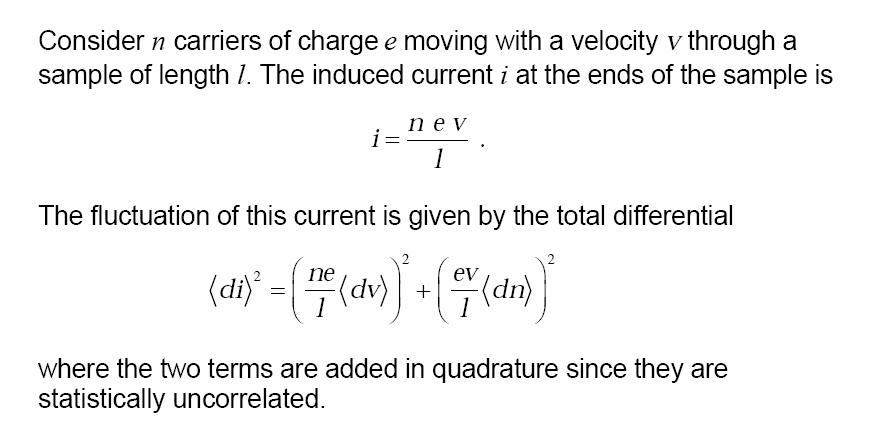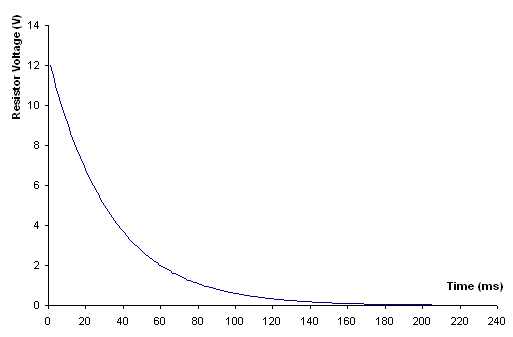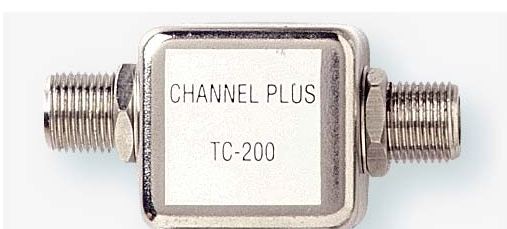|
We are now moving into the section of the course that discusses the most physics and physical concepts as they relate to the functionality of various telecommunicaitons equipment. We begin by discussing the concept of noise in electronics.
Consider the following:
where:
Total gain in this case is (.98)10 = 81.7% meaning that 18.3% of the original signal was lost. Well, what if there are 100 of these devices in the chain? In that case, total gain is now only 13% and 87% of the signal is lost. Because there can be thousands of nodes in a switched information circuit, its important that each node have minimal signal loss. In general, in any communications circuit there is signal and there is noise. But they are transmitted together as signal + noise.  as long as the "baseline noise" has a low width compared to the signal, it does not effectively damange the integrity of the signal. The ratio of signal to noise is called, not surprisingly, Signal-to-Noise, or S/N. In this case we are dealing with a case of High S/N.

In this case, the "resolution" of the signal (e.g. its intrinisc width)
has been broadened by the large amount of noise. Consider this analogy:
suppose the signal is a single frequency (e.g. 500 HZ) but the noise is
10 HZ -- that means the receiver gets a
signal of 495 - 505 HZ
Baseline Noise has three components:

Don't freak out with the Math you won't need
to know this. Its just the language that is used to express the
contribution of various noise components. You will need to understand
the basic noise components, however.
Both Thermal Noise and Shot Noise are forms of "white" noise, which is the same meaning as random noise. Thermal noise depends on the total bandwidth of the system (which is material dependent) and on the temperature. Thermal noise is not frequency dependent. Shot noise usually occures whenever carriers are injected into a sample volume independently of one another. Current flow in a semiconductor diode is a common example. In this case, shot noise is dependent on the total number of injected carriers (i.e. the current).
Finally, one other form of noise is present in
electronics and is called 1/f noise.
1/f noise is frequency dependent and originates whenever flucuations in either charge density
or charge velocity are not purely random in time. This happens
whenever carriers (electrons) are trapped or stored (e.g. via a capacitor) in the system and released
later.
Stored charge in a capacitor is a good example of this. That stored
charge is released over time, giving by the time constant of the
capacitor. A circuit board with many capacitors on it, would then
have many locations where charge is stored and released in a non
random way with time. This situation then "injects" 1/f noise into the entire system.

1/f noise is stongly dependent on frequency - decreasing as frequency is increasing. The details of this dependence or beyond the scope of this course, the important point is that this noise is frequency dependent, where as thermal noise and shot noise, are not.
|
 Suppose that the device illustrated to the right has a 2% loss from
input end to output end. We don't care what the source of loss
is at this point.
Therefore, only 98% of the incoming signal is output.
That output signal then goes through another one of these devices
such that 2% of that 98% is now lost.
If there are 10 such devices on a signal chain, how much loss
will there be?
Suppose that the device illustrated to the right has a 2% loss from
input end to output end. We don't care what the source of loss
is at this point.
Therefore, only 98% of the incoming signal is output.
That output signal then goes through another one of these devices
such that 2% of that 98% is now lost.
If there are 10 such devices on a signal chain, how much loss
will there be? that is, and the original information contained in a single frequency is now washed out abd becomes hard to recover from the noise.
that is, and the original information contained in a single frequency is now washed out abd becomes hard to recover from the noise.